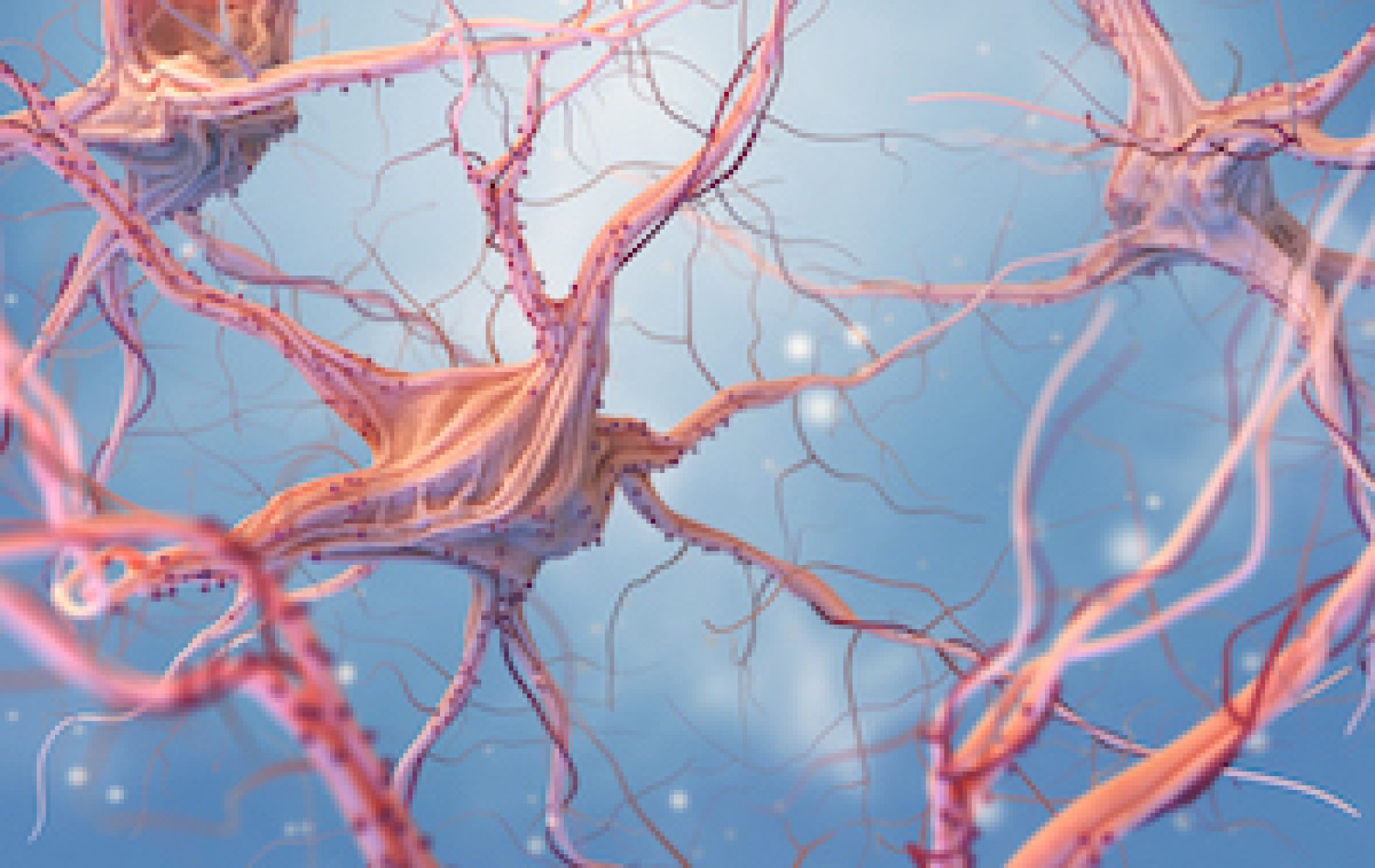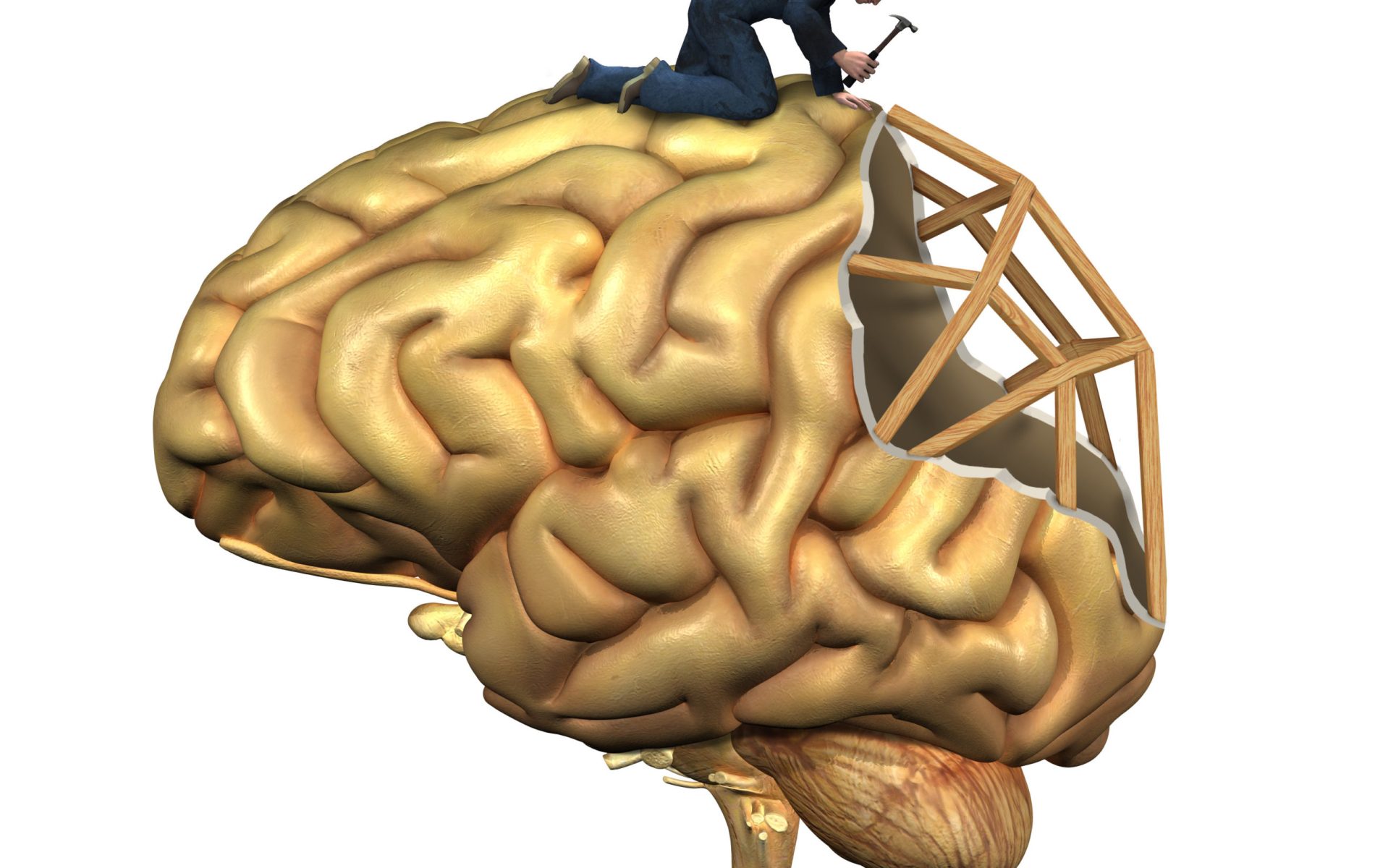Put simply, the brain in love is a matter of chemistry. More specifically, Phenylethylamine, Norepinephrine, Oxytocin, Vasopressin, and Dopamine fuel the processes involved in attraction, love, and ultimately, the creation of relationships.

The visual component of the phenomenon of “love at first sight” may be explained by the release of a “feel-good” neurotransmitter, Phenylethylamine (PEA). PEA is a natural form of amphetamine and is released when we are first attracted to someone. Norepinephrine is also released which is what is responsible for the adrenal rush and can explain some of the physiological responses of falling in love such as an increased heart rate, sweaty palms, or even those butterflies we feel in our stomachs.

When we engage in physical contact, Oxytocin, the “love” or “cuddle” hormone, and Vasopressin are released. These two hormones are related to attachment and bonding, and according to two Harvard Medical School professors, they are responsible for producing that sense of calmness and security we feel towards our partners.

Dopamine, the neurotransmitter commonly associated with motivation, desire, and pleasure, plays a pivotal role. Just like using drugs with addictive properties or binge eating, when we are in love, dopamine is released, the brain’s reward and pleasure centers are activated, and a pleasurable experience (euphoria) is created. A 2017 study illustrated that the brain regions that “light” up when we become addicted to drugs or to material goods are the same as when we become emotionally dependent on our partners (Earp, Wudarczyk, Foddy, and Savulescu, 2017; Zou, Song, Zhang, and Zhang, 2016).
While understanding which areas of the brain become activated is crucial, it is equally important to understand which regions do not. Studies that use brain imaging scans illustrate that when the brain’s in love, activity in our prefrontal cortex, an area of the brain responsible for judgement and logic, is suppressed. Similar studies also show that activity decreases in the amygdala, a brain structure that is involved in learning and perceiving threatening stimuli. Reduced activity in the amygdala can be interpreted as a decrease in fear which may allow us to trust our partners more, ultimately creating closer bonds. In combination with the decreased activity in our prefrontal cortex, it means that love can quite literally blind us (Zeki, 2007). From an evolutionary perspective, this may beneficial in some cases as it means we can overlook some flaws, and that perhaps when searching for a partner, the fact that they do not check of every single one of our “boxes” may be okay after all.

Needless to say, having a loving and enjoyable relationship does wonders for your brain. When you are calm and happy, your levels of stress hormones are lower, and you can sleep better. You may find that you can think better, solve problems more efficiently, and become more creative. To learn about other ways you can improve your sleep, mood, and brain performance, you can check out our Brain Fitness Program at NeuroGrow.com.
This blog was written by Ms. Katarina Veevers-Carter and edited by Dr. Majid Fotuhi
Sources:
Earp, B.D., Wudarczyk, O.A., Foddy, B., Savulescu, J. (2017) Addicted to love: What is love addiction and when should it be treated? Philos Psychi Psycho, 24, 77-92.
Society for Neuroscience. (2003, November 11). Scientists Uncover Neurobiological Basis For Romantic Love, Trust, And Self. ScienceDaily. Retrieved February 7, 2020 from www.sciencedaily.com/releases/2003/11/031111064658.htm
Uddin, S. (2017). Neurochemistry of Love: Can Romance Love Truly be Addictive? Journal of Psychiatry, 21(1). DOI: 10.4172/2378-5756.1000e113
Zeki, S. (2007). The neurobiology of love. FEBS letters, 581(14), 2575-2579.
Zou, Z., Song, H., Zhang, Y., & Zhang, X. (2016). Romantic Love vs. Drug Addiction May Inspire a New Treatment for Addiction. Frontiers in psychology, 7, 1436. doi:10.3389/fpsyg.2016.01436



